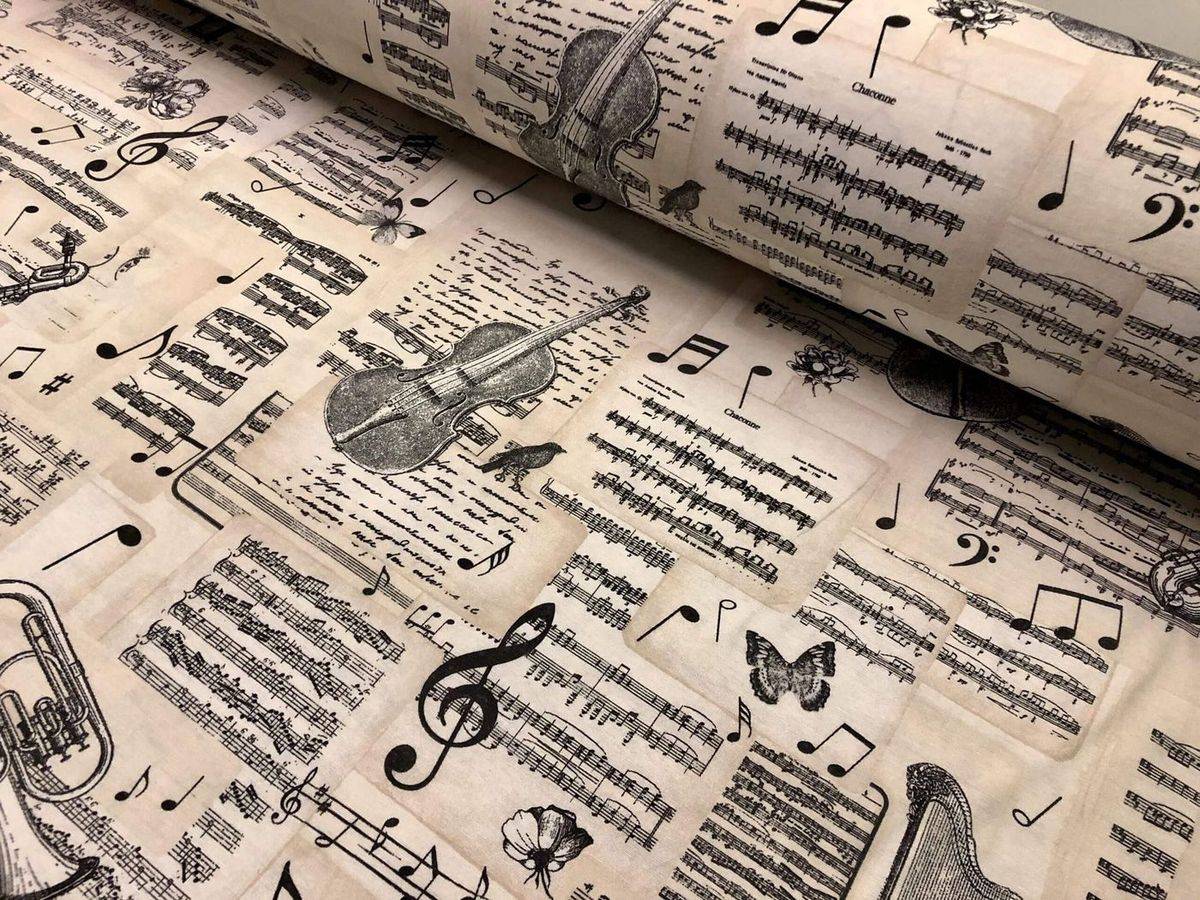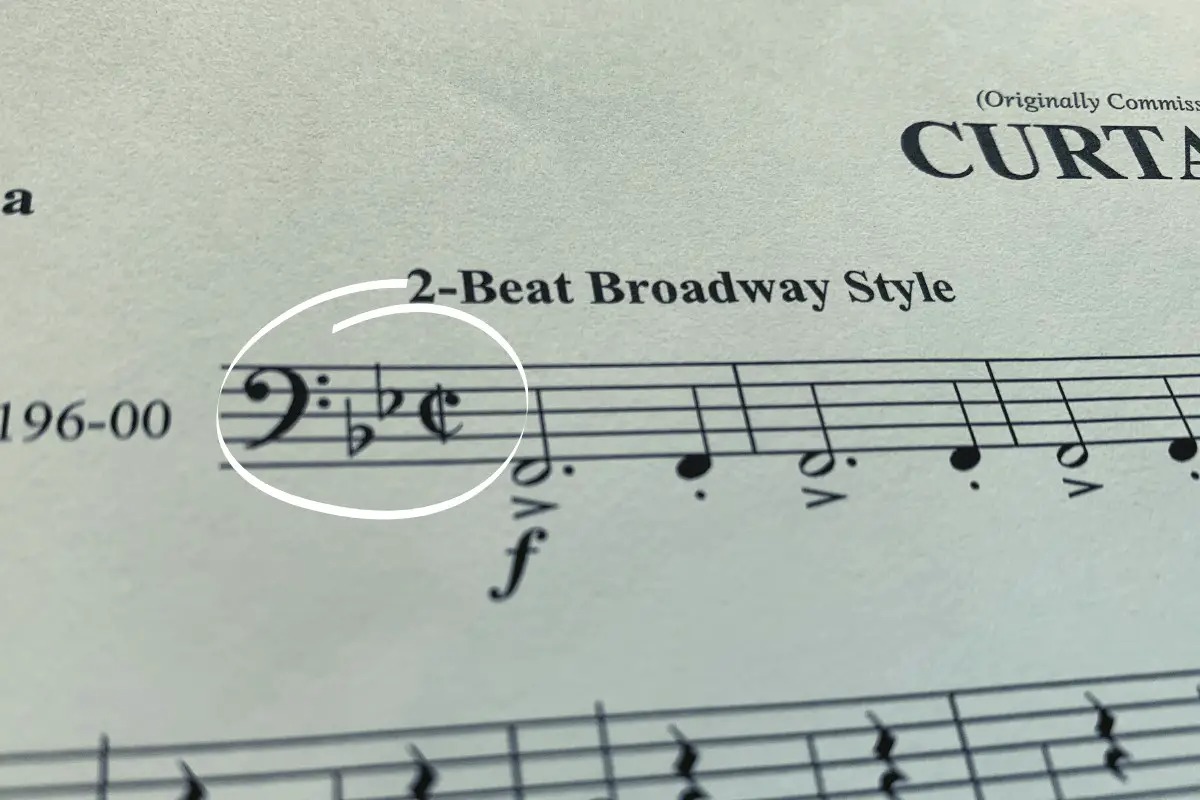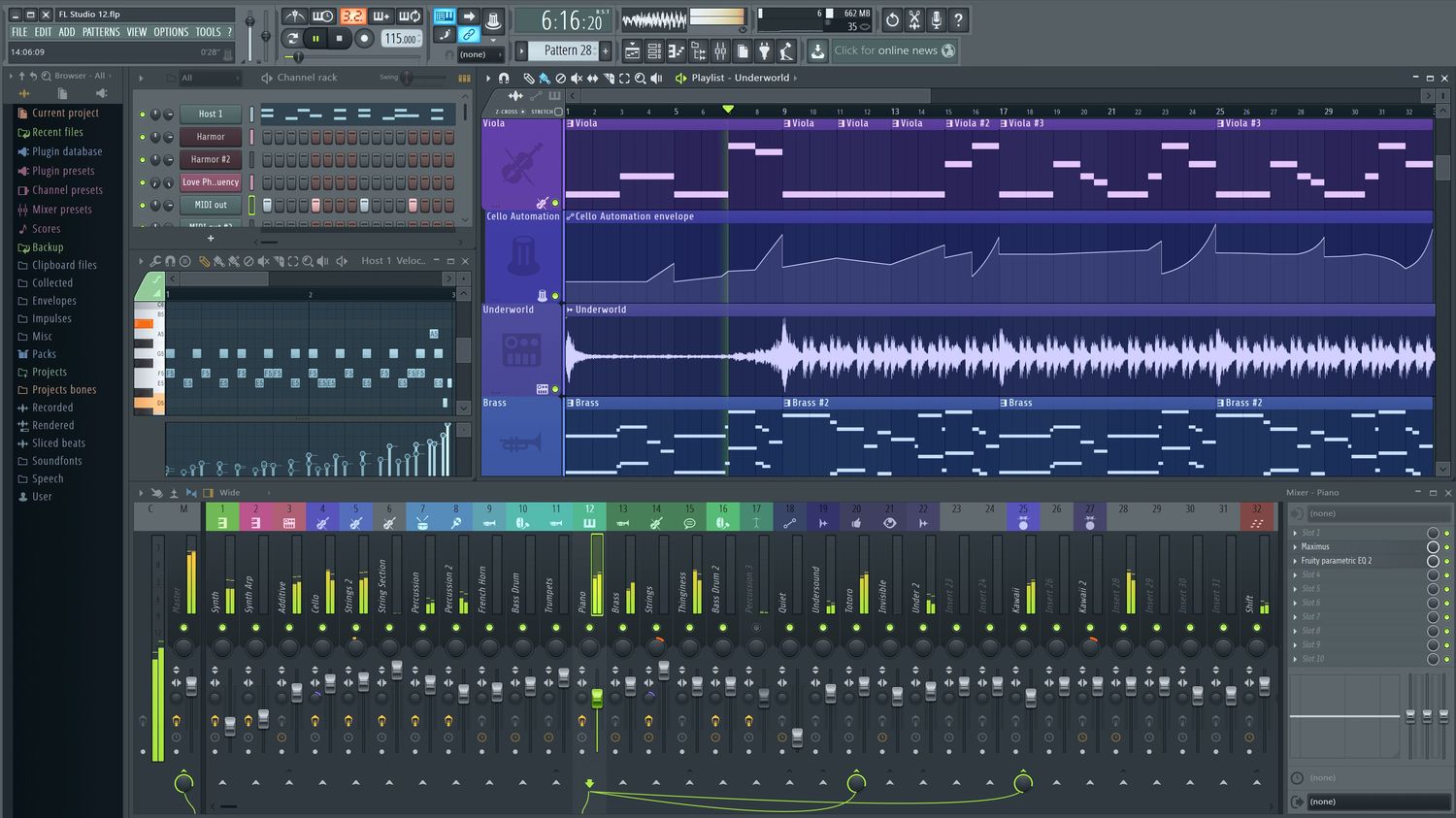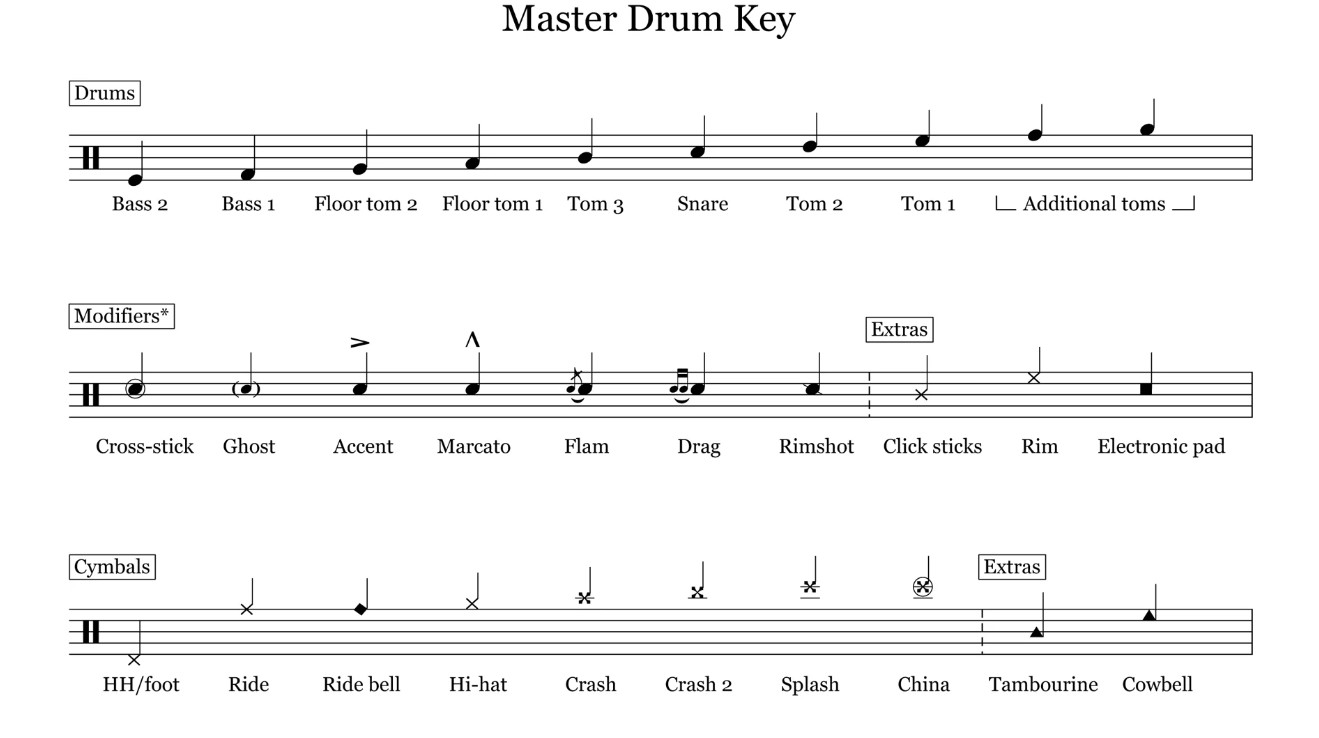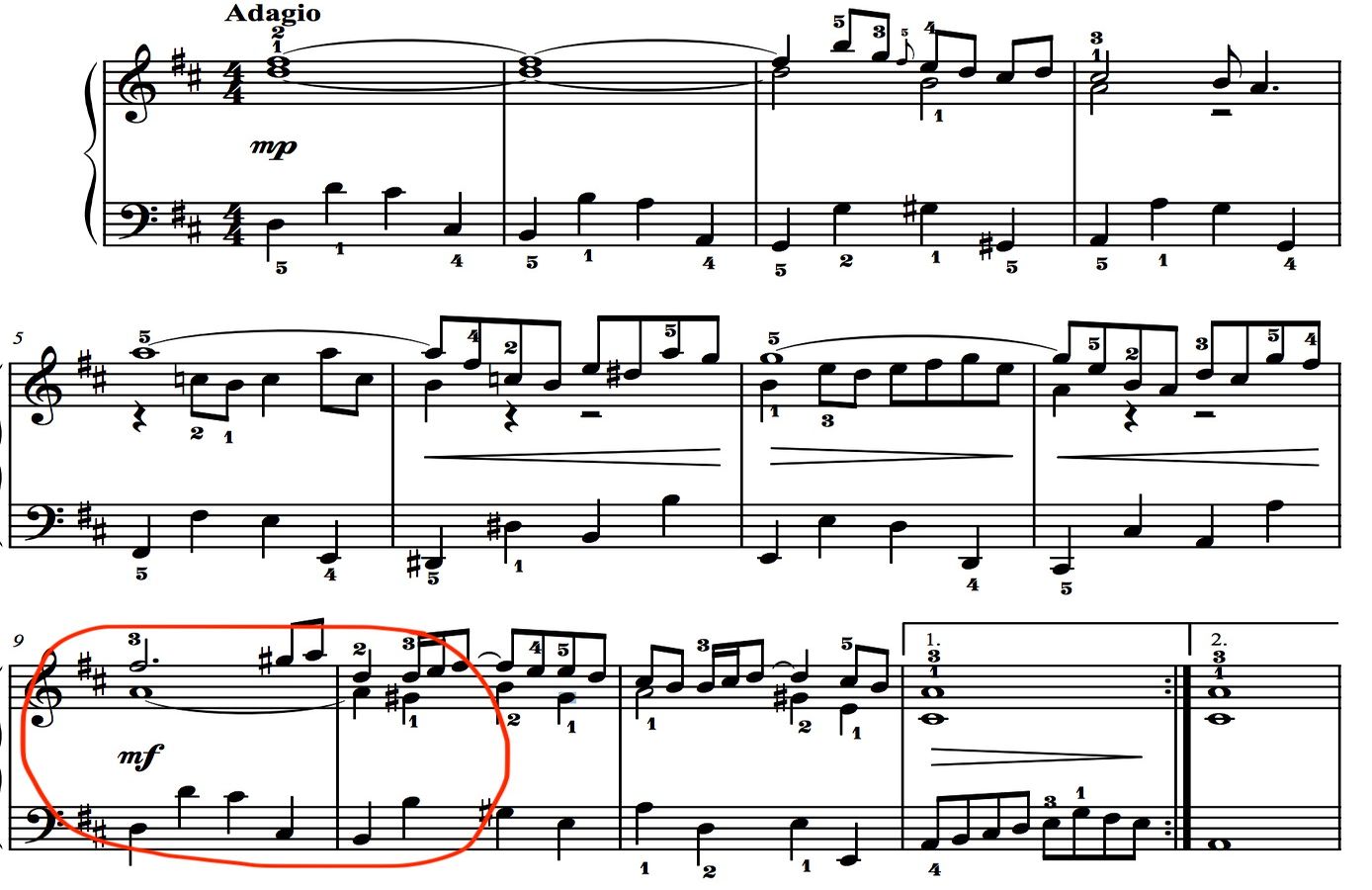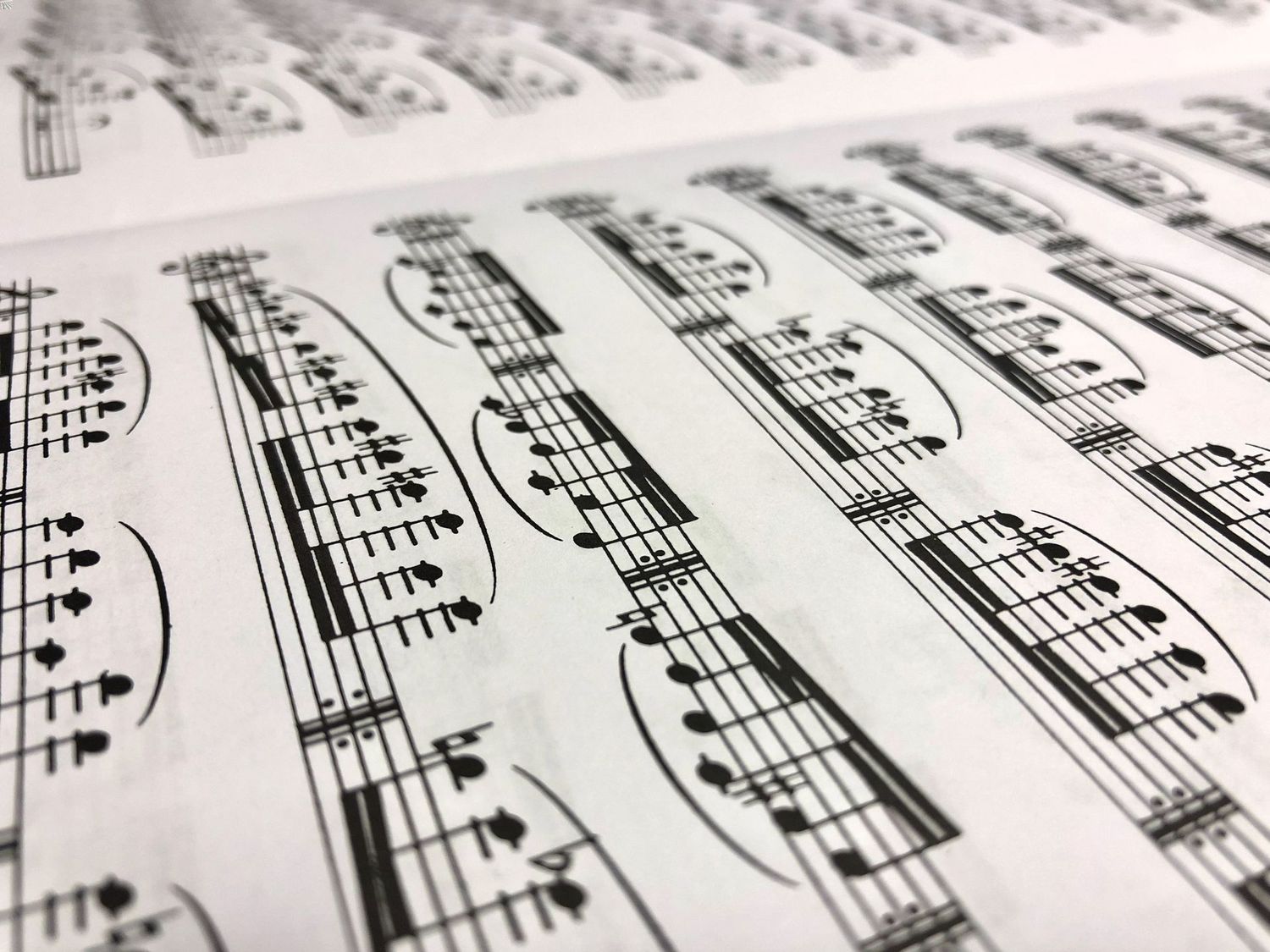Home>Events & Info>Note>What Note Is Below Middle C On Sheet Music


Note
What Note Is Below Middle C On Sheet Music
Modified: January 22, 2024
Discover the note below middle C on sheet music and enhance your understanding of musical notation. Explore the significance and placement of this essential key.
(Many of the links in this article redirect to a specific reviewed product. Your purchase of these products through affiliate links helps to generate commission for AudioLover.com, at no extra cost. Learn more)
Table of Contents
Introduction
When it comes to reading sheet music, understanding the placement of notes on the staff is crucial. It allows musicians to accurately translate the musical symbols into actual sounds. One of the most fundamental notes on a musical staff is middle C, which serves as a reference point for identifying the notes above and below it. In this article, we will focus on exploring the notes below middle C on sheet music.
Knowing the notes below middle C is particularly important for pianists and keyboard players, as these notes are frequently played in various musical compositions. By familiarizing ourselves with the positions and names of these notes, we can confidently navigate the keyboard and play melodies with precision.
Keep in mind that notes are represented differently on different clefs. The treble clef, also known as the G clef, is commonly used for higher notes, while the bass clef, or F clef, is used for lower notes. In this article, we will discuss how to determine the notes below middle C on both the treble and bass clef staffs.
So, whether you’re a beginner learning to play an instrument or a seasoned musician looking to expand your knowledge, let’s dive into the world of sheet music and discover the notes below middle C on the staff.
Understanding Middle C
To understand the notes below middle C, it is essential to first grasp the concept of middle C itself. Middle C is a key reference point in music notation and is located near the center of a keyboard or on the first ledger line below the treble clef staff.
In scientific pitch notation, middle C is designated as C4. It is named “middle” C because it is considered the midpoint between the lower and higher register of the piano keyboard. When playing sheet music, middle C is often used as a starting point to orient ourselves on the staff and locate other notes.
On the treble clef staff, middle C is positioned below the ledger lines, with the notehead residing between the two dots on the ledger line below the staff’s third line. On the bass clef staff, middle C is positioned above the ledger lines, slightly extending beyond the staff’s third line.
Understanding where middle C is located on the staff is crucial, as it serves as a reference point for identifying the notes above and below it.
Now that we have a good understanding of middle C, let’s explore how we can determine the notes below it on both the treble and bass clef staffs.
Determining Notes Below Middle C on the Treble Clef Staff
The treble clef staff, also known as the G clef, is commonly used for representing higher-pitched notes. To determine the notes below middle C on the treble clef staff, we need to be aware of the placement of these notes and their corresponding letter names.
Starting from middle C, which is located below the treble clef staff, the notes below it are represented by ledger lines. Ledger lines are short horizontal lines that extend above or below the staff to accommodate notes outside of the regular five lines.
The note directly below middle C on the treble clef staff is B. It is represented by a notehead on the third ledger line below the staff. Moving down further, the next note is A, which is located on the second ledger line below the staff. Likewise, the notes below A continue to follow the same pattern, progressing downward on the ledger lines.
Here is a breakdown of the notes below middle C on the treble clef staff:
- B – Third ledger line below the staff
- A – Second ledger line below the staff
- G – First ledger line below the staff
- F – Line below the staff
- E – Space below the staff
- D – First line below the staff
- C – Second line below the staff
By familiarizing ourselves with the positioning and letter names of these notes on the treble clef staff, we can confidently read and play melodies that incorporate these lower-pitched notes below middle C.
Determining Notes Below Middle C on the Bass Clef Staff
The bass clef staff, also known as the F clef, is commonly used for representing lower-pitched notes. To determine the notes below middle C on the bass clef staff, we need to understand the placement of these notes and their corresponding letter names.
Starting from middle C, which is positioned above the bass clef staff, the notes below it are represented by ledger lines. These lines extend below the staff to accommodate notes that fall outside the regular five lines.
The note directly below middle C on the bass clef staff is D. It is represented by a notehead on the first ledger line below the staff. Moving downward, the next note is C, which is located on the second ledger line below the staff. Similarly, the notes below C continue to follow the same pattern, progressing downward on the ledger lines.
Here is a breakdown of the notes below middle C on the bass clef staff:
- D – First ledger line below the staff
- C – Second ledger line below the staff
- B – Third ledger line below the staff
- A – Fourth ledger line below the staff
- G – Fifth ledger line below the staff
- F – Sixth ledger line below the staff
- E – Seventh ledger line below the staff
By understanding the positioning and letter names of these notes on the bass clef staff, we can confidently read and play melodies that incorporate the lower-pitched notes below middle C.
Conclusion
Understanding and being able to identify the notes below middle C on the treble and bass clef staffs is an essential skill for any musician, especially those who play instruments like the piano or keyboard. By familiarizing ourselves with the positioning and letter names of these notes, we can confidently read and play sheet music that incorporates these lower-pitched tones.
On the treble clef staff, the notes below middle C are represented by ledger lines below the regular five lines. Starting from middle C and moving down, we encounter B, A, G, F, E, D, and C. Each note has its place on the ledger lines, giving us a roadmap to follow when playing melodies that incorporate these lower notes.
On the bass clef staff, the notes below middle C are also represented by ledger lines, but this time they extend below the staff. From middle C and moving down, we find D, C, B, A, G, F, and E. These notes provide a foundation for harmonies and basslines in various musical compositions.
By expanding our knowledge of the notes below middle C on both the treble and bass clef staffs, we open up a whole new range of musical possibilities. It allows us to play a wider repertoire of music, experiment with different melodies, and create harmonies that complement the higher-pitched notes in the music score.
So whether you’re a beginner starting your musical journey or an experienced musician looking to improve your skills, take the time to practice and familiarize yourself with the notes below middle C. It will greatly enhance your understanding of sheet music and enable you to express your musical ideas with confidence and precision.


